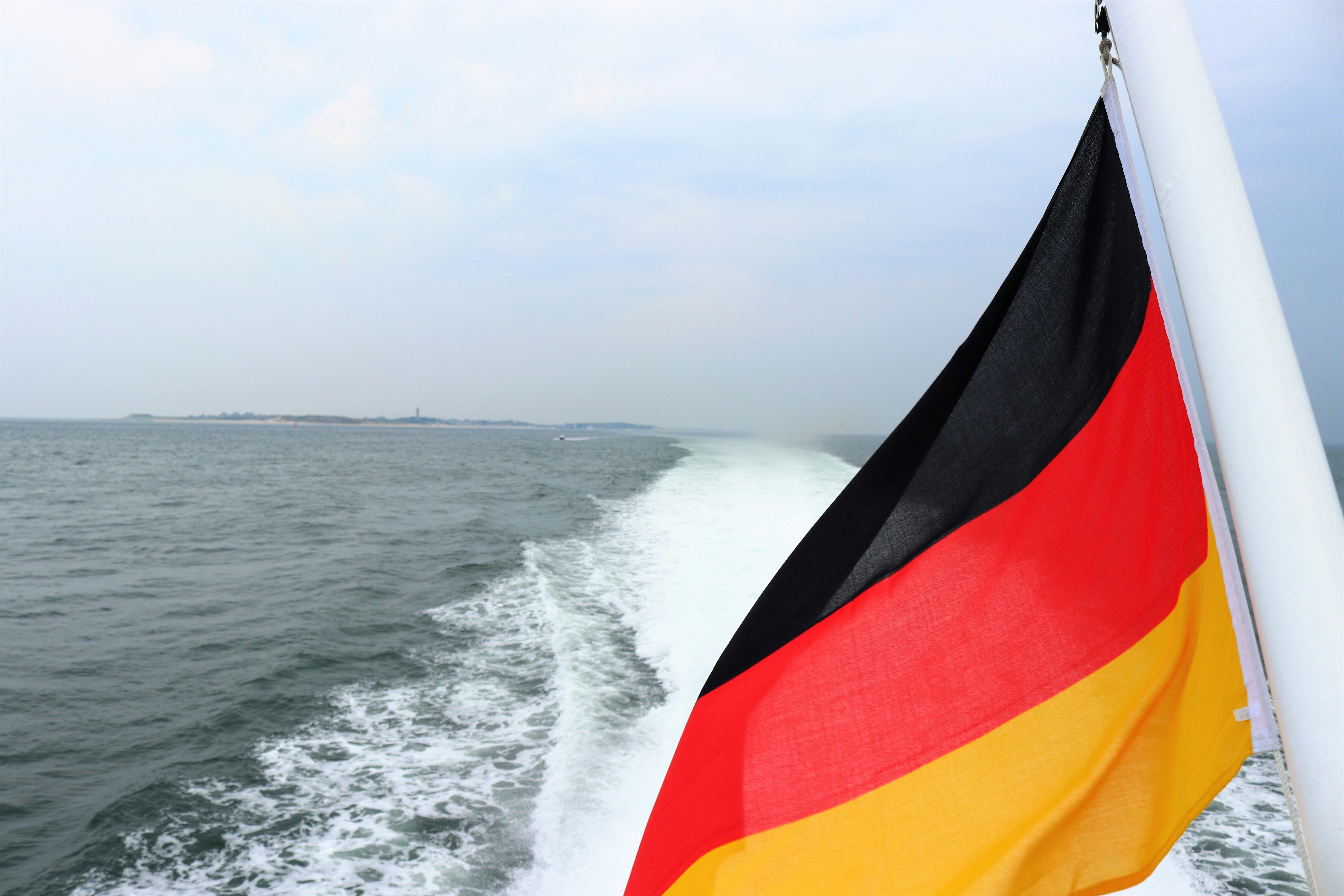The war in Ukraine, disrupted supply chains and the cost-of-living crisis has had a knock-on effect on the fashion market in Europe. In 2022, for instance, North American online fashion revenues outgrew Europe for the first time (22% vs 7%). But, while conditions were generally gloomy, there were a number of bright spots in the industry. From European online marketplace dominance to the rise of second-hand clothing, here’s our top five.
Online fashion marketplaces
In terms of web traffic, UK-headquartered Asos tops the charts as the world’s largest fashion brand with 224 million views, according to the RetailX Europe Fashion Report 2023. In fact, Europe is home to eight of the top ten global fashion brands, six of which are or offer marketplaces (Asos, Vinted, Zalando, El Corte Inglés, Next and La Redoute).
The surge in the popularity of online fashion marketplaces is beneficial for brands who don’t have to rely on their own website to make sales (and can also piggyback on marketplaces’ huge marketing budgets). Doing research into what fashion marketplaces are best suited to your clothing and then optimising your listings will stand brands in good stead.
Western and Central Europe
With its higher purchasing power, further geographic proximity from the Ukraine war and more advanced logistics, it’s no surprise to see that Western and Central Europe dominate online fashion sales this year. 42% of Western and Central European consumers regularly shop online (compared to 20% for the rest of Europe) and online fashion sales hit €136 billion in 2022 (compared to €55 billion Eastern, Northern and Southern Europe). In particular, over 70% of the population in Spain and France made a fashion purchase online in 2022.
For fashion brands, this represents two opportunities: a solid existing market in Western and Central Europe and a large relatively untapped market in the rest of Europe.
Athleisure
When it comes to fashion segments, apparel rules the roost in Europe, making up 62% of online fashion revenues on the continent. At the other end of the scale, footwear is one of the least popular online segments (it’s more difficult to gauge the look and feel online - although that might soon change) and accessories sales have also fallen as the cost-of-living crisis bites (accessories are considered more of an ‘accessory’ than a necessity).
But not all apparel is the same. Athleisurewear, which boomed during the pandemic’s mass working from home era, is still going strong compared to workwear and formalwear. The popularity of digital fitness apps and healthy living in general has a knock-on effect on clothing purchases, so brands should look to market their clothing (if possible) in a way that fits current non-fashion trends.
Second-hand
Europe is having a second-hand clothing renaissance. Fueled by sustainability beliefs and cost-cutting measures, more and more customers are turning to pre-owned and pre-used fashion. In particular, the French are the most familiar with second-hand clothing with 66% having bought something second-hand since 2021, while 42% of Millennials and Gen Z also buy second hand.
Big brands like H&M have cottoned on to the trend and set up ‘Pre-loved’ purchase options, but online fashion marketplaces are often leading the way. eBay, for instance, has leveraged its brand as the ‘home of second-hand goods’ to take 69% of the second-hand apparel market. Whether you sell luxury dresses or bespoke climbing gear, brands should find the right place to sell their products second-hand.
Sustainability
This desire for second-hand clothing is part of a wider sustainability push. Seven out of ten of Gen Z consumers consider sustainable shopping as a major influencer of their shopping habits, which includes the raw material used (i.e. organic and recycled materials), the shipping of the product (i.e. manufactured close to home and delivered by electric vehicles) and the opportunity to repair or resale items (i.e. avoid throwaway culture and fast fashion).
Sustainability is not just ‘having a moment’, but will be an entrenched trend for years to come as shoppers look for ways they can control their carbon footprint. For fashion brands looking to improve their sustainability, check out our recent blog.
European fashion advice
At Rich Insight, we provide advice to a wide range of fashion brands, helping them optimise their marketplace listings and boost their marketplace sales. Reach out to sales@richinsight.co.uk to find out how we can support you.






Blog Comments